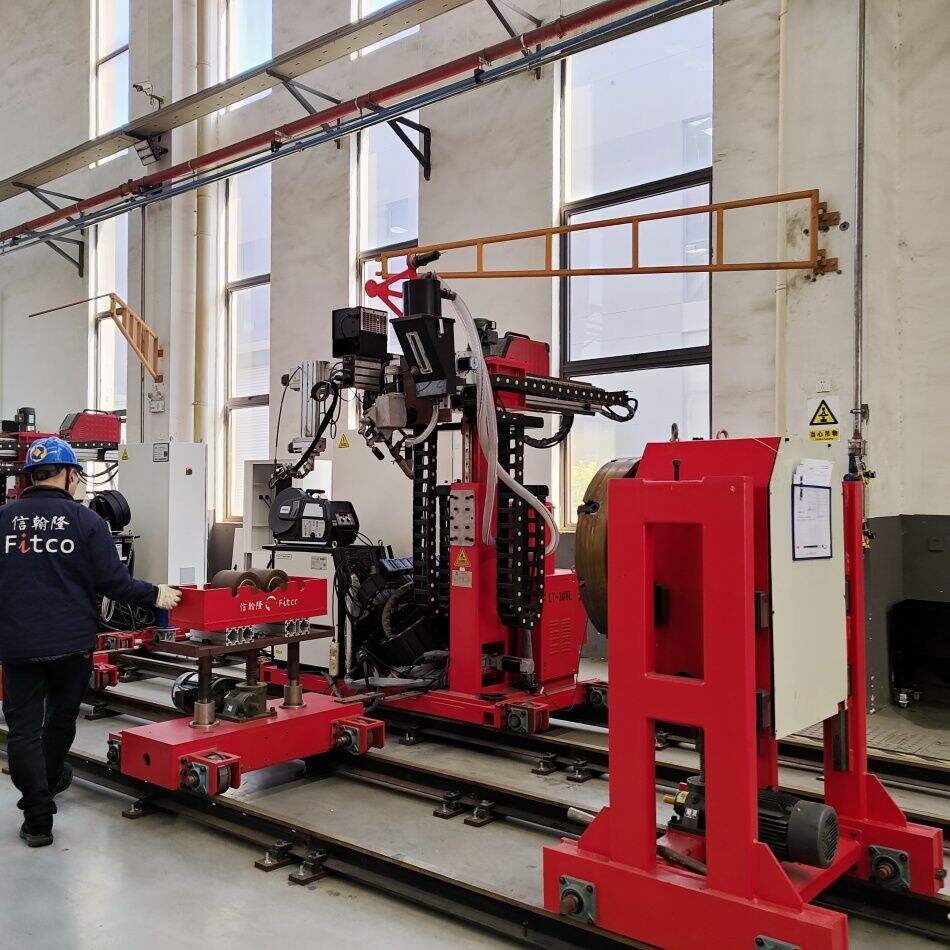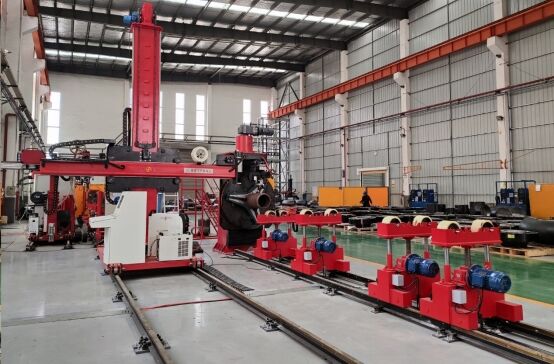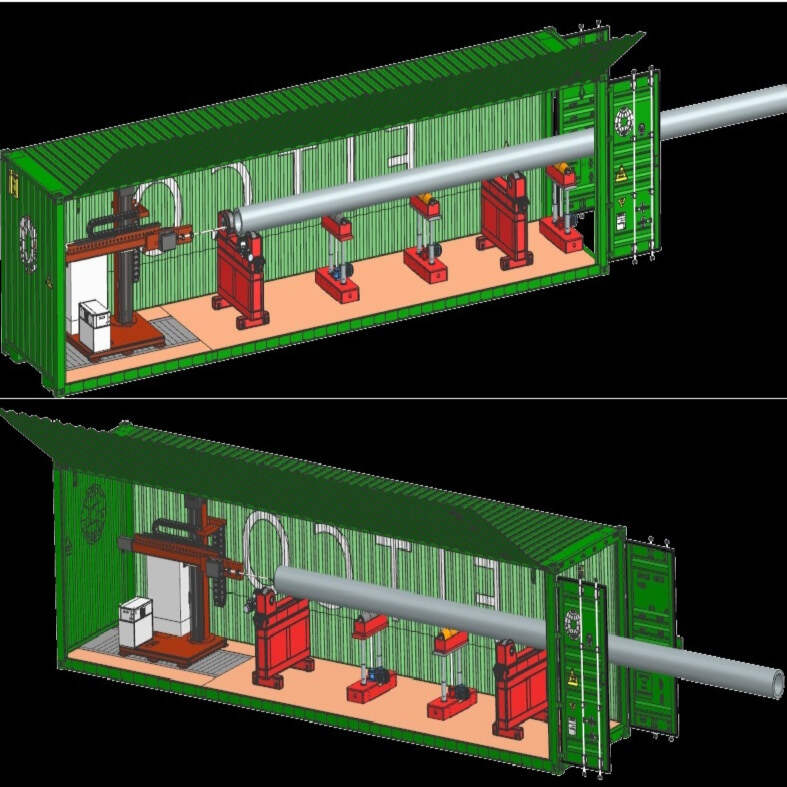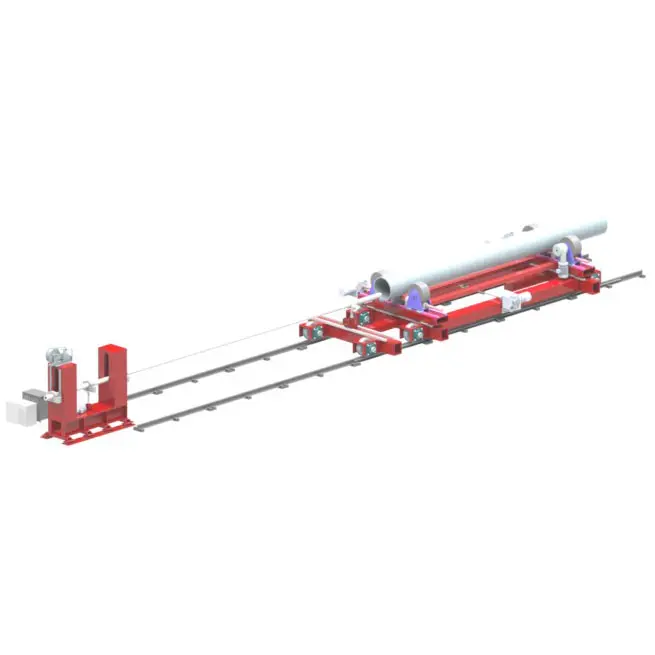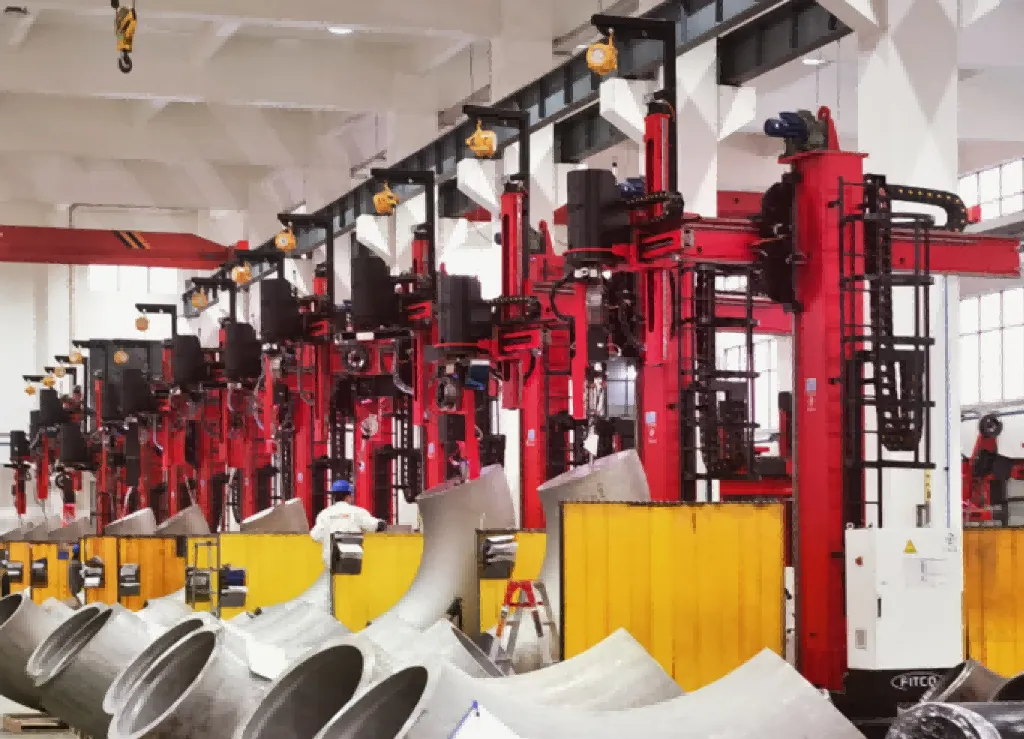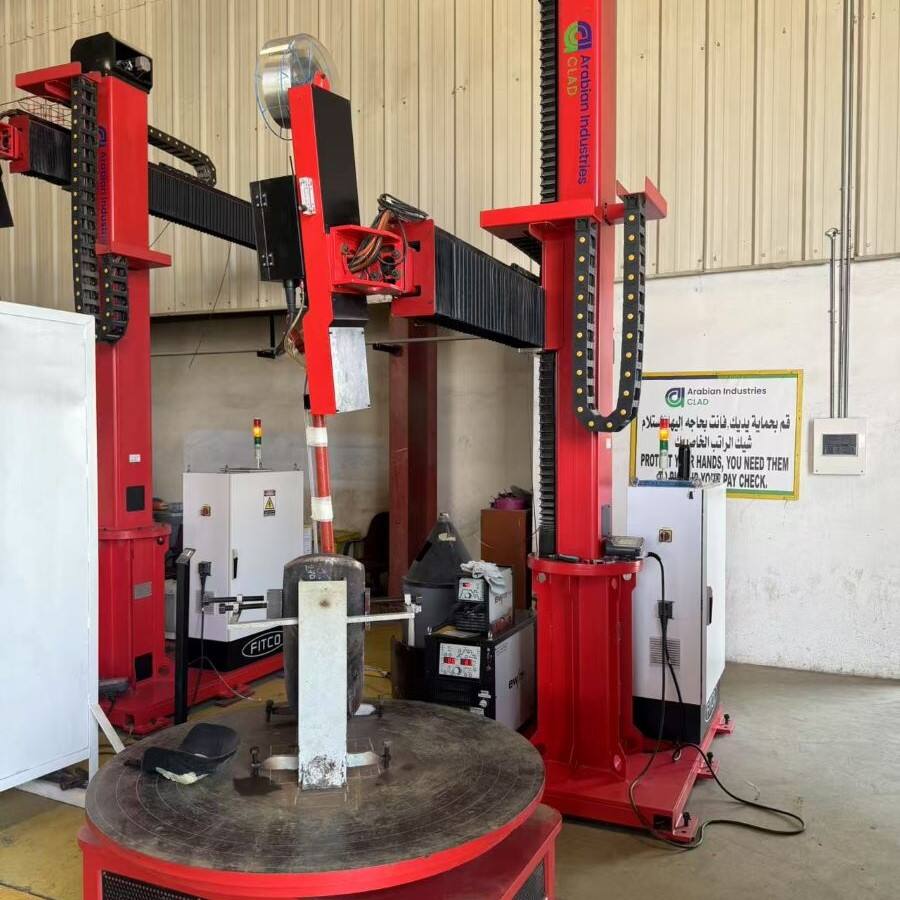fusion welding machine
A fusion welding machine represents a cutting-edge solution in modern welding technology, designed to join materials through the application of heat and pressure. This sophisticated equipment operates by melting the base materials and, in many cases, adding a filler material to create a strong, permanent bond. The machine utilizes advanced temperature control systems and precise pressure regulation to ensure consistent, high-quality welds. Equipped with digital interfaces and automated controls, modern fusion welding machines offer programmable welding parameters, allowing operators to achieve precise and repeatable results. The technology incorporates multiple welding processes, including but not limited to, butt fusion, socket fusion, and electrofusion, making it versatile for various applications. These machines are particularly valuable in industries such as pipeline construction, plastic manufacturing, and infrastructure development. The fusion welding process ensures complete molecular bonding, resulting in joints that are often stronger than the original materials. Advanced safety features, including emergency shutoff systems and temperature monitoring, protect both operators and materials during the welding process. The machine's adaptability to different material types and sizes, coupled with its ability to maintain consistent weld quality, makes it an indispensable tool in modern manufacturing and construction operations.

 EN
EN
 AR
AR BG
BG HR
HR CS
CS DA
DA NL
NL FI
FI FR
FR DE
DE EL
EL HI
HI IT
IT JA
JA KO
KO NO
NO PL
PL PT
PT RO
RO RU
RU ES
ES SV
SV TL
TL IW
IW ID
ID LT
LT UK
UK SQ
SQ HU
HU TH
TH TR
TR FA
FA AF
AF CY
CY MK
MK LA
LA MN
MN KK
KK UZ
UZ KY
KY